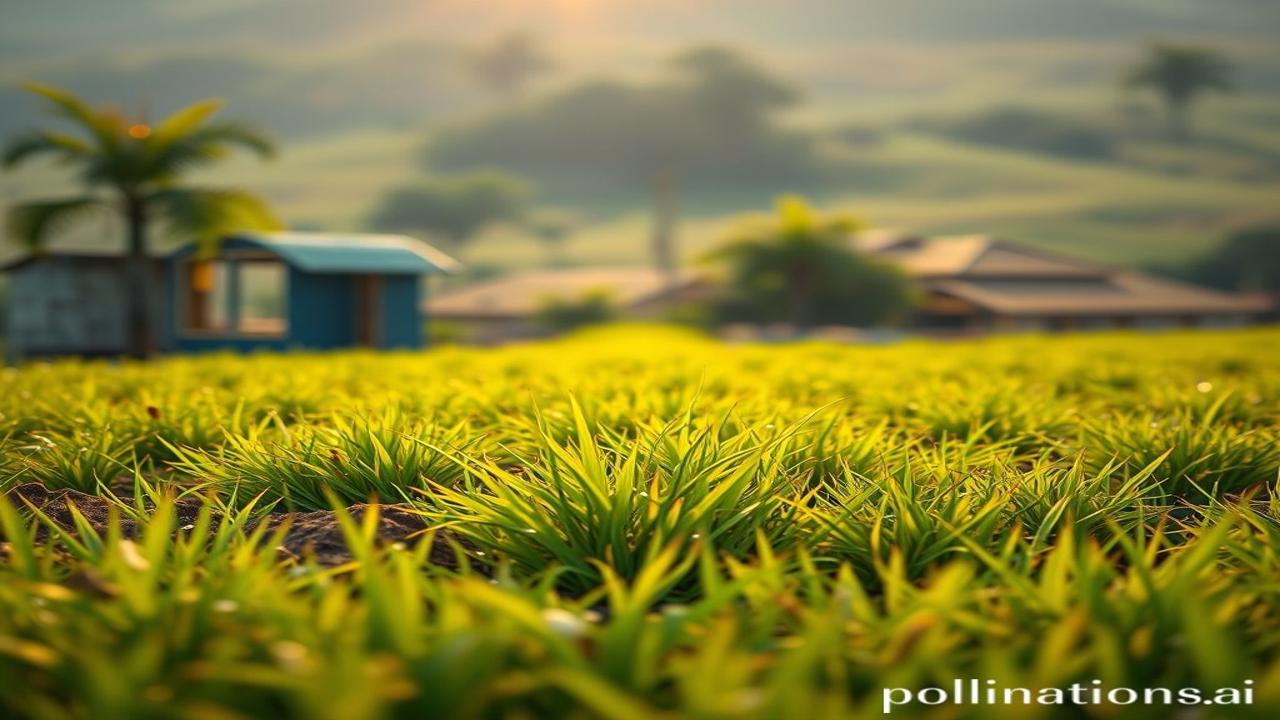Mitti Ki Khushboo, Waqt Ki Awaaz: Climate-Resilient Farming Techniques from India
Kabhi kabhi, mann karta hai ki time machine mein baith kar seedhe Indus Valley Civilization mein chale jaayen. Imagine kariye, 5000 saal pehle, bina tractors, bina chemical fertilizers ke, humare purvaj kaise apna pet bharte the? Kaise unhone prakriti ke saath ek gehra, sanjeeda rishta banaya? Waqt ki dhool mein chupi hui hai woh wisdom, jo aaj bhi humari zaroorat hai. Aaj, hum baat karenge unhi climate-resilient farming techniques ki, jo Bharat ne sadiyon se sambhal ke rakhi hai.
The Timeless Wisdom: Understanding Climate-Resilient Farming
Climate-resilient farming ka matlab hai aise kheti karne ke tareeke jo badalte mausam ka samna kar sakein. This isn’t some new-fangled concept; it’s deeply rooted in India’s history and agricultural traditions. We’re talking about practices that have been honed over millennia, passed down through generations of farmers who understood the land intimately.
Origin & Importance: Yeh techniques koi aaj ki ijaad nahi hai. Inka itihas Vedic kaal se judaa hua hai, around 1500-500 BC. Tab, kheti sirf ek business nahi, balki jeevan ka ek tareeka thi. Humari purani scriptures, jaise Krishi Parashara, detailed insights deti hain on sustainable agriculture.
Why is this important? Aaj climate change ek reality hai. Unpredictable monsoon patterns, drought, floods – yeh sab humari kheti ko barbaad kar rahe hain. We need to rediscover these ancient practices, combine them with modern knowledge, and create a food system that is both productive and sustainable.
Zameeni Sach: The Farmers, the Fields, and the Faith
Imagine a village in Rajasthan. Mausam hai garam, dhup tez hai. Lekin kheton mein, life hai. A farmer, let’s call him Kalu, is using a technique called Dryland Farming.
Kalu’s Routine: Kalu bajre (millet) ki kheti karta hai, a crop which requires very little water. He uses techniques like contour bunding to conserve rainwater. He also practices crop rotation, alternating bajra with legumes like moong to improve soil fertility.
Kalu and His Grandfather: “Baba ji kehte the,” Kalu muskurakar bolta hai, “ki mitti maa hai. Usko jitna pyaar doge, woh utna hi degi.” Kalu remembers his grandfather teaching him about Mixed Cropping. Instead of planting just one crop, he plants several different crops together. This not only provides a more diverse harvest but also makes the field more resilient to pests and diseases. “Baba ji always said, ‘Never put all your eggs in one basket!'”
Tools and Dreams: Kalu’s tools are simple – a bullock-drawn plow, a sickle, and a lot of hard work. But his dreams are big – a good harvest, a happy family, and a future for his children. He fears the changing weather, the erratic rainfall, but he remains hopeful, drawing strength from the ancient wisdom of his ancestors.
Dharohar aur Pehchan: Echoes of the Past in Today’s India
Aaj bhi, India ke gaon mein, you can see these practices in action.
Rituals & Festivals: Many festivals are tied to the agricultural cycle, celebrating the harvest, praying for rain, and thanking the earth for its bounty. Consider Pongal in Tamil Nadu, or Baisakhi in Punjab – they are not just festivals, they are a celebration of the farmer’s bond with nature.
Bharatiyata and Modern Identity: Climate-resilient farming is not just about surviving climate change, it’s about connecting to our roots, about embracing Bharatiyata. It’s about understanding that we are part of something bigger, something older, something more profound.
Modern Integration: The government is now promoting these techniques under various schemes, combining them with modern agricultural science. We’re seeing a resurgence of interest in traditional knowledge, a recognition that the answers to our future challenges might lie in our past.
Mazedaar Tathya: Surprising Insights & Myth Busters
Myth: Organic farming is less productive.
Truth: While yields may be slightly lower initially, in the long run, organic farming can lead to healthier soils, more resilient crops, and higher yields.
Fun Fact: Did you know that India has the largest area under organic agriculture in the world? Parmapragya is a ancient method of agriculture which translates to ‘highest intelligence’ with a focus on the five elements of nature being, Space, Air, Fire, Water and Earth.
Drishya aur Bhavnayen: A Sensory Immersion
The air smells of damp earth and freshly cut grass. The temple bells chime in the distance, a constant reminder of the divine presence. The sun beats down on the fields, but a gentle breeze keeps things bearable. The touch of the soil on your skin, the taste of a fresh-picked bajra roti, the sound of farmers singing as they work – these are the sensations that connect you to the land, to the rhythm of life. Imagine walking through the vibrant green fields, the scent of flowering mustard plants filling the air, a feeling of peace and tranquility washing over you.
Antim Vichar: A Seed of Hope
Climate-resilient farming is more than just a set of techniques; it’s a philosophy, a way of life. It’s about living in harmony with nature, about respecting the earth, about ensuring a sustainable future for generations to come.
“वसुधैव कुटुम्बकम्” – The world is one family. Let us cultivate a future where everyone has access to nutritious food, where the land is respected, and where the ancient wisdom of India guides us towards a more sustainable path.
